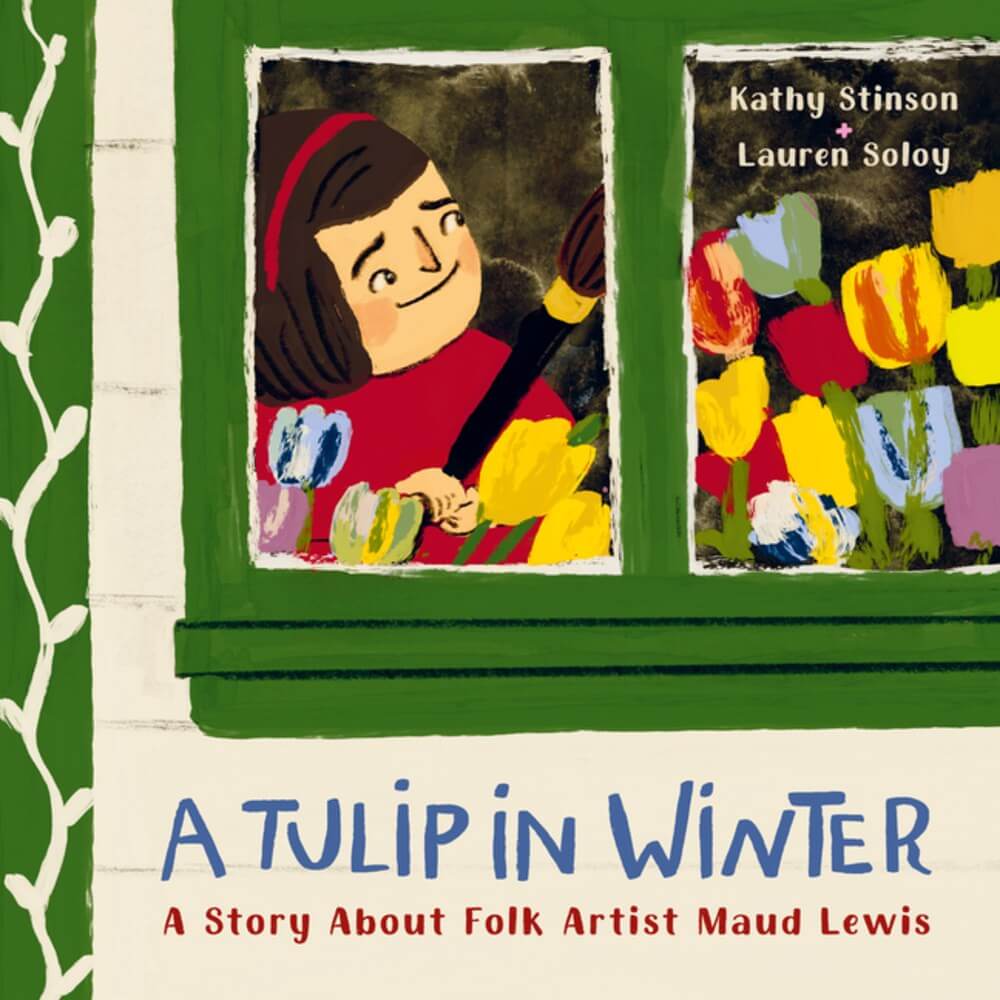A child heads outdoors, walking through a verdant and hilly rural landscape, as the sun rises and a shadow appears as the “last hint of night.” Thus begins an evocative exploration of shadows, both literal and metaphorical, in There Was a Shadow, written by Bruce Handy and illustrated by Lisk Feng.
Handy examines the omnipresent, big and small shadows of the natural world, from the noontime shadow a tree casts, to the subtle shadows that land on a face or water. Feng’s delicate, fine-lined illustrations bring these depictions to brilliant life on the page: The falling light casts the faintest shadows across the protagonist’s face as she stares straight at the reader. Feng then depicts sunlight shimmering upon rippling water, creating shadows in various shades of blue, which Handy describes as being “like a dance.”
A “thinking shadow . . . you could feel but not see” also plagues the protagonist: the feeling of worry. But it’s momentary and soon darts away. As all the children head home, the shadows of late afternoon stretch until they disappear altogether with the setting sun. Dinner is served among cozy and comforting indoor shadows. Feng gives readers a peek of the night landscape with a palette of deep, rich cobalt and sapphire blues, while Handy closes the book with a satisfying and thought-provoking question about memories and dreams.
It is with tenderness and reverence for the interior world of children that Handy tells this multilayered story. There Was a Shadow flows like poetry and sparkles with Feng’s beautifully wielded, sun-dappled colors, which impart mood and mystery. It’s easy to get lost in these shadows, and when the journey ends, readers will want to head right back to the book’s beginning.


















